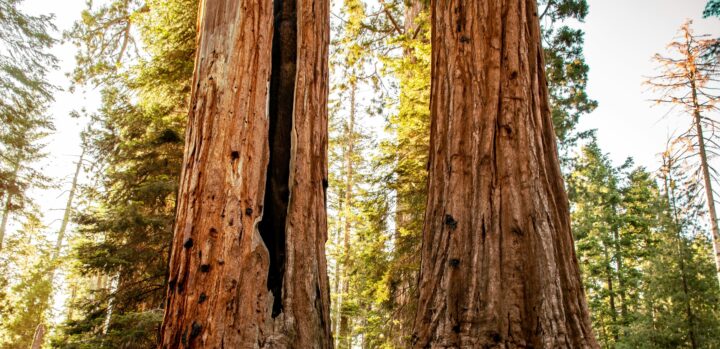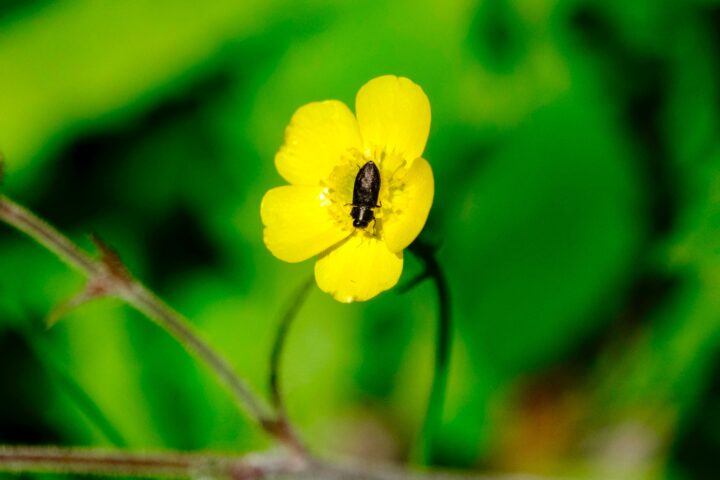The leaves of the grass tree serve as efficient heat insulation via compacted arrangement of leaf bases.
“This country [southwestern Australia] is also one of the headquarters of the grass tree…It is neither a grass nor is it a tree. It is a distant relative of the lilies. But it does have very long narrow leaves that resemble grass, and they are born in a great shock on the top of a stem that looks like the trunk of a tree and may be up to ten feet high. However the core of this trunk is not timber but fibre and what seems to be bark is, in fact, the tightly compacted bases of the leaves which are shed annually from beneath the crown as the plant grows higher. These bases are glued together by a copious flow of gum and they form a very efficient heat insulation. Since the plant sheds one ring of leaves annually, counting the rings of bases in this fire-proof jacket gives an indication of age and reveals that the grass trees not only grow only a foot or so in a decade but that a mature one may be about five hundred years old and therefore be the survivor of dozens of fires.” (Attenborough 1995:190-191)







